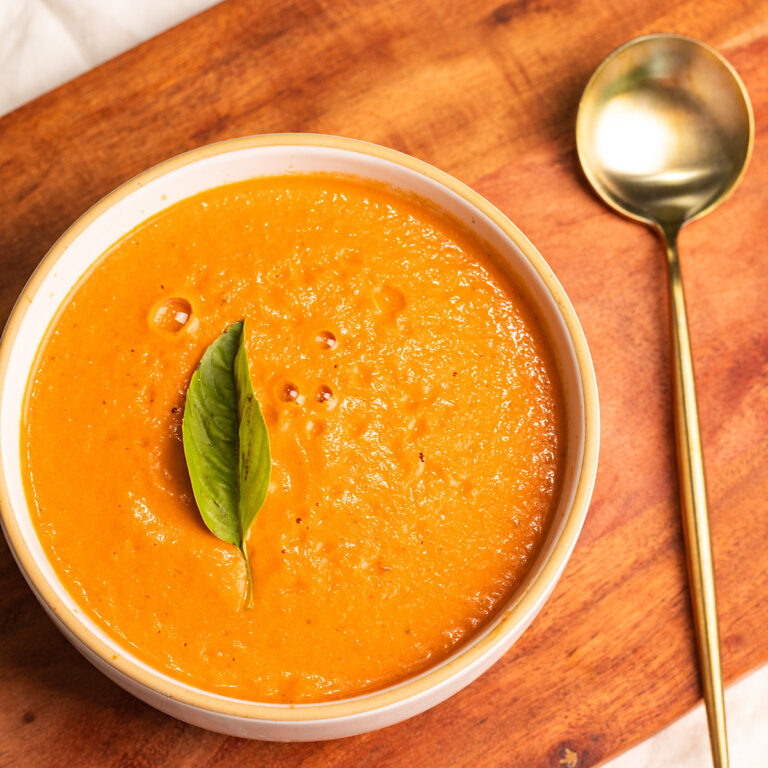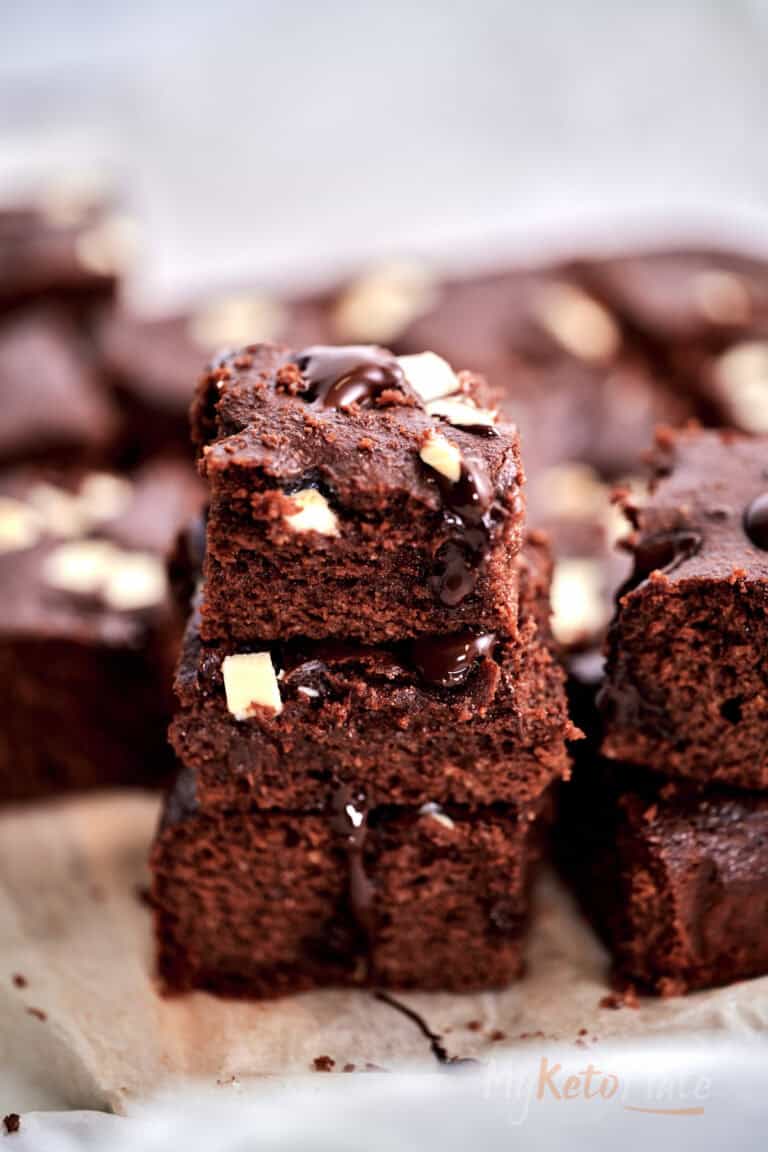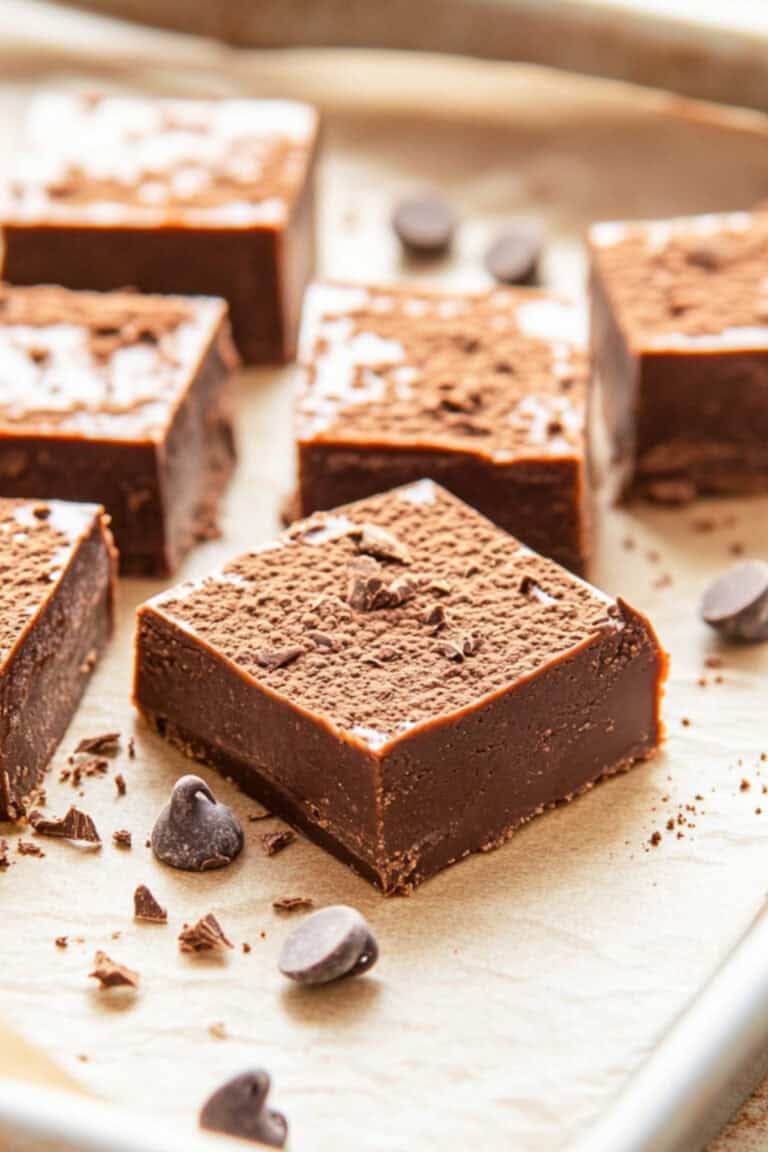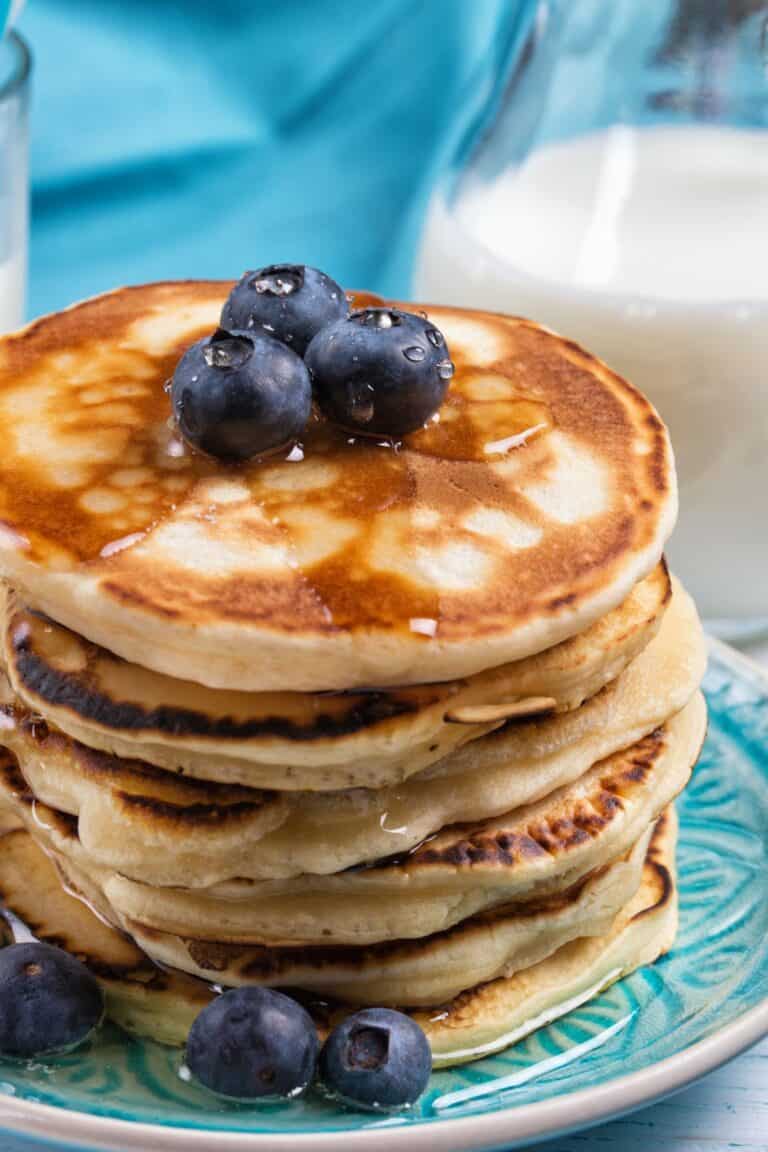Looking for easy ways to incorporate more protein into your meals? Give these 20 high protein cottage cheese recipes a try! Each one is delicious, satisfying, and packed with a high content of protein per serving!

So try out our 20 High-Protein Cottage Cheese Recipes! They’re simple and tasty, perfect for any mealtime. From breakfast to snacks and dinner, these recipes will keep you satisfied.
If you want to add more protein to your daily meals, consider incorporating cottage cheese as a versatile ingredient. From breakfast to dinner, its rich protein content can effortlessly elevate the nutritional value of your favorite dishes.
- 1 What Is Cottage Cheese?
- 2 What Does Cottage Cheese Taste Like?
- 3 Is Cottage Cheese Healthy?
- 4 Health Benefits Of Cottage Cheese
-
5
Choosing the Right Type Of Cottage Cheese
- 5.1 Cottage Cheese Wrap Recipe
- 5.2 High Protein Cottage Cheese Brownies
- 5.3 High-Protein Cottage Cheese Lemon Mousse
- 5.4 No-Bake Cottage Cheese Fudge
- 5.5 Blueberry Cottage Cheese Breakfast Bake
- 5.6 Fluffy Cottage Cheese Blueberry Cloud Bread
- 5.7 Keto Strawberry Raspberry Cottage Cheese Smoothie
- 5.8 Keto Waffles
- 5.9 Cottage Cheese Pancakes Recipe
- 5.10 Easy Cottage Cheese Ice Cream
- 5.11 5-Minute Cottage Cheese Peanut Butter Mousse
- 5.12 Cottage Cheese Cheesecake
- 5.13 Crispy Cottage Cheese Chips
- 5.14 Cottage Cheese Deviled Eggs Recipe (High Protein, Vegetarian)
- 5.15 Low-Carb Cottage Cheese Breakfast Muffins with Bacon
- 5.16 Greek Cottage Cheese Bowl
- 5.17 Low Carb Cottage Cheese Pizza Bowl (TikTok Viral!)
- 5.18 High Protein Scrambled Eggs With Cottage Cheese (10-Minutes)
- 5.19 Cottage Cheese Frittata
- 5.20 Low Carb Cottage Cheese Egg Bake
- 5.21 Air Fryer Spinach Cottage Cheese Dip
- 5.22 Krazy Keto Pizza Crust
- 5.23 Keto Cottage Cheese Chicken Salad
- 5.24 Cottage Cheese Tuna Salad
- 5.25 Zucchini Lasagna Rolls
- 5.26 One Pot Keto Tuna Casserole
- 5.27 High Protein Tomato Soup with Cottage Cheese
What Is Cottage Cheese?
Cottage cheese is a type of cheese that’s soft and creamy. It’s made from cow’s milk, and it has a mild taste. When it’s made, the milk is treated with special bacteria to make it thicker; then, it’s separated into curds (which are small, soft chunks) and whey (which is a watery liquid). Unlike other cheeses, cottage cheese isn’t pressed and keeps its soft texture.
Because it’s made from milk, cottage cheese is a good source of protein, which is important for your body. It’s also low in fat, which makes it a healthy choice for many people. Cottage cheese can be enjoyed in many ways. Some people eat it plain, while others like to mix it with fruits or vegetables. It can also be used in cooking, like salads, casseroles, or desserts.
What Does Cottage Cheese Taste Like?
Cottage cheese has a mild and slightly tangy flavor. It’s not as strong or sharp as some other cheeses. Instead, it has a gentle taste that’s often described as creamy and slightly sweet. The texture of cottage cheese is also a defining characteristic—it’s soft and slightly grainy due to the small curds suspended in the whey. Some varieties of cottage cheese may have a slightly salty taste, depending on the brand and any additional flavorings added. Overall, cottage cheese is known for its versatile flavor profile, making it suitable for sweet and savory dishes.
Is Cottage Cheese Healthy?
Yes, cottage cheese is generally healthy. It’s a good source of protein and low in fat. It also has important nutrients like calcium and B vitamins. Just watch out for the sodium content in some types. Overall, it can be a nutritious part of your diet.
Health Benefits Of Cottage Cheese
- High in Protein: Cottage cheese is rich in protein, which is essential for building and repairing tissues in the body. This makes it a great choice for supporting muscle health and recovery after exercise.
- Low in Fat: Depending on the variety, cottage cheese can be relatively low in fat, especially if you opt for low-fat or non-fat versions. This can help you manage your overall fat intake and support weight management goals.
- Contains Essential Nutrients: In addition to protein and calcium, cottage cheese provides other essential nutrients such as phosphorus, selenium, vitamin B12, and riboflavin (vitamin B2). These nutrients play various roles in supporting overall health and well-being.
- Versatile and Convenient: Cottage cheese is a versatile ingredient that can be enjoyed in various ways, whether eaten plain, mixed with fruits or vegetables, or used as an ingredient in cooking. Its mild flavor and creamy texture make it a popular choice for both sweet and savory dishes.
- Satiety and Weight Management: The high protein content in cottage cheese can help you feel full and satisfied, potentially reducing overall calorie intake and supporting weight management efforts.
Choosing the Right Type Of Cottage Cheese
- Low-Fat or Non-Fat Options: If you’re watching your fat intake, opt for low-fat or non-fat varieties of cottage cheese. These options still provide plenty of protein and nutrients while reducing the amount of fat in your diet.
- Flavored Varieties: While plain cottage cheese is a classic choice, flavored varieties can add extra taste and variety to your meals. However, be mindful of added sugars and artificial ingredients in flavored cottage cheese options.
- Texture Preference: Consider the texture of cottage cheese you prefer—some people enjoy small-curd cottage cheese for its creamier texture. In contrast, others prefer large-curd cottage cheese for its chunkier consistency. Experiment with different textures to find what you enjoy most.
- Organic or Grass-Fed Options: For those concerned about their food’s sourcing and production methods, organic or grass-fed cottage cheese may be preferable. These options often have higher-quality ingredients and may offer additional health benefits.
Cottage Cheese Wrap Recipe
High Protein Cottage Cheese Brownies
High-Protein Cottage Cheese Lemon Mousse
No-Bake Cottage Cheese Fudge
Blueberry Cottage Cheese Breakfast Bake
Fluffy Cottage Cheese Blueberry Cloud Bread

Keto Strawberry Raspberry Cottage Cheese Smoothie

Keto Waffles
Cottage Cheese Pancakes Recipe
Easy Cottage Cheese Ice Cream
5-Minute Cottage Cheese Peanut Butter Mousse
Cottage Cheese Cheesecake
Crispy Cottage Cheese Chips

Cottage Cheese Deviled Eggs Recipe (High Protein, Vegetarian)
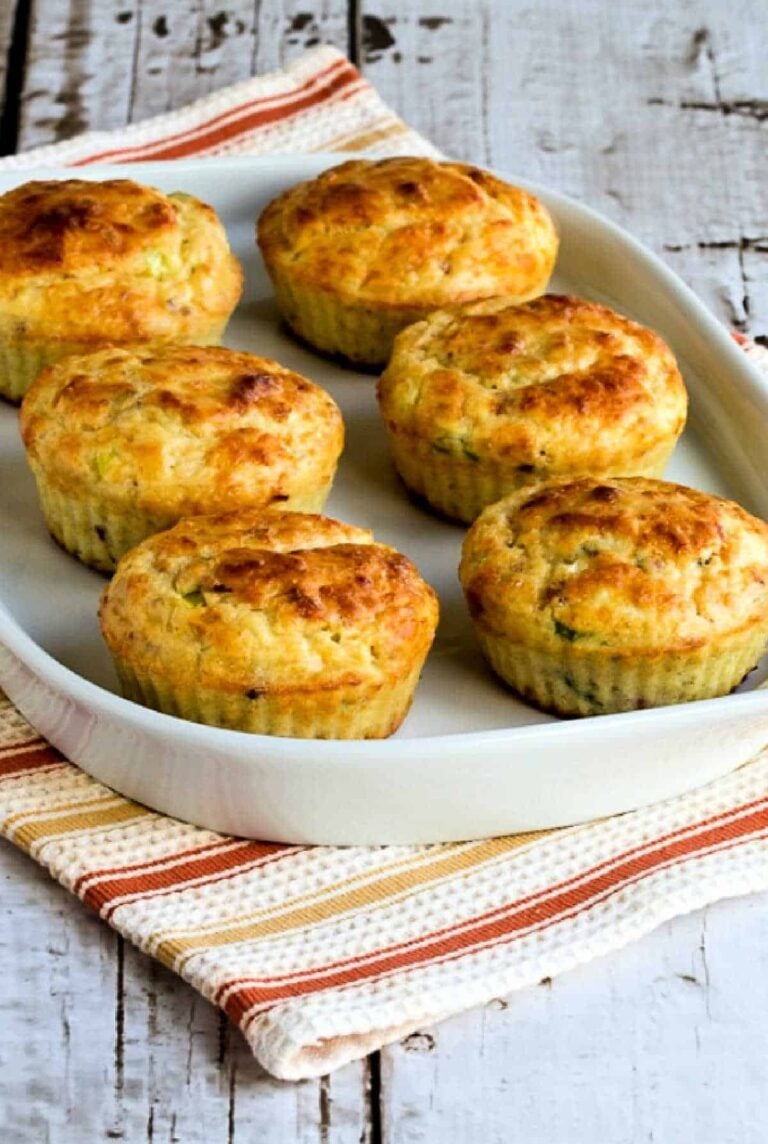
Low-Carb Cottage Cheese Breakfast Muffins with Bacon

Greek Cottage Cheese Bowl

Low Carb Cottage Cheese Pizza Bowl (TikTok Viral!)

High Protein Scrambled Eggs With Cottage Cheese (10-Minutes)

Cottage Cheese Frittata
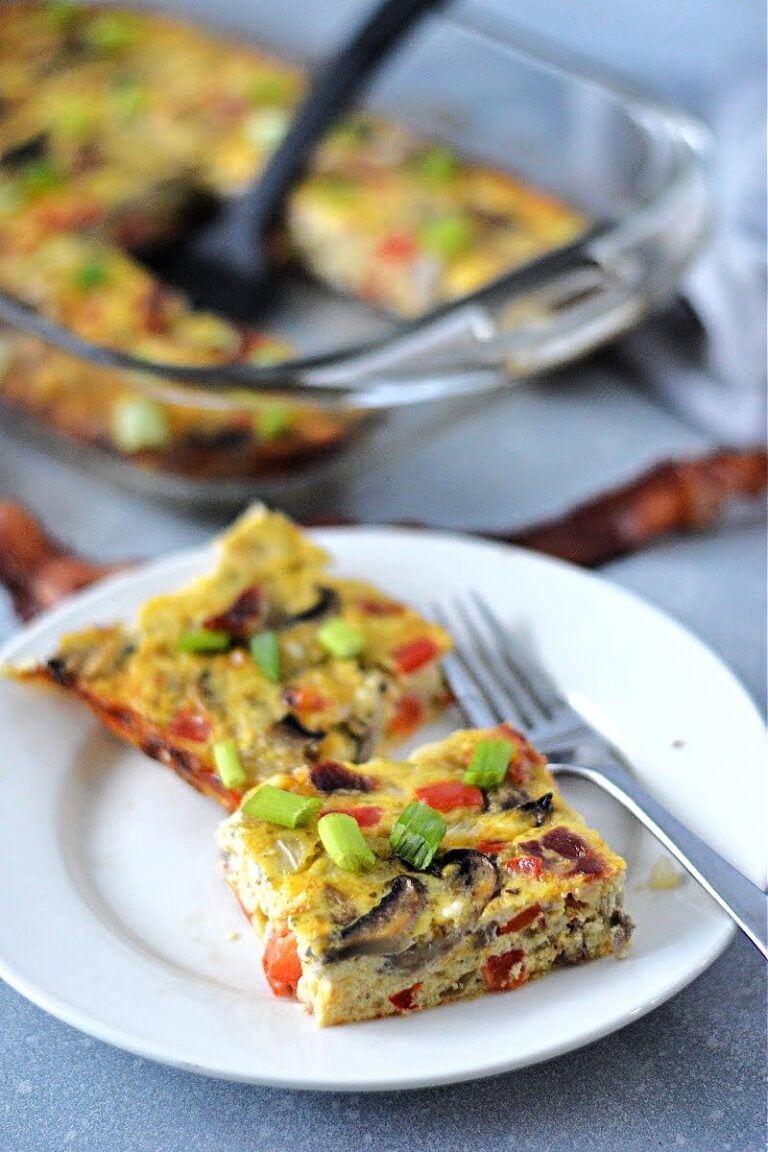
Low Carb Cottage Cheese Egg Bake

Air Fryer Spinach Cottage Cheese Dip

Krazy Keto Pizza Crust
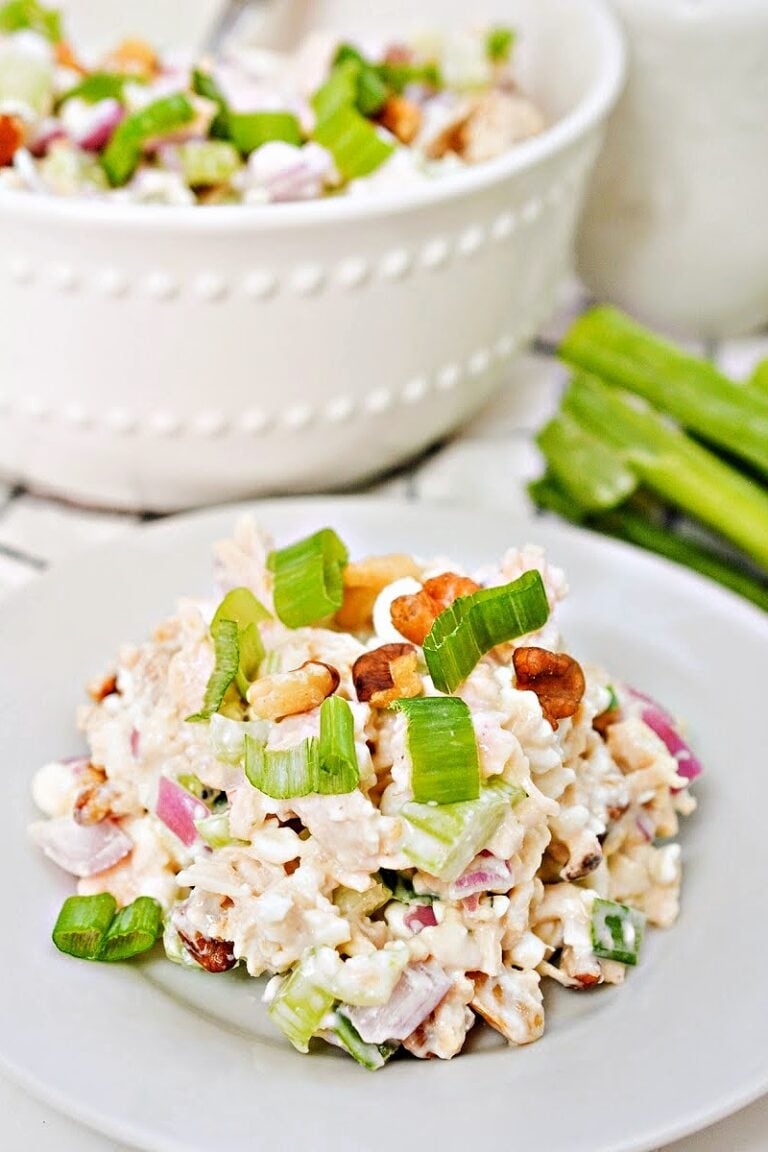
Keto Cottage Cheese Chicken Salad
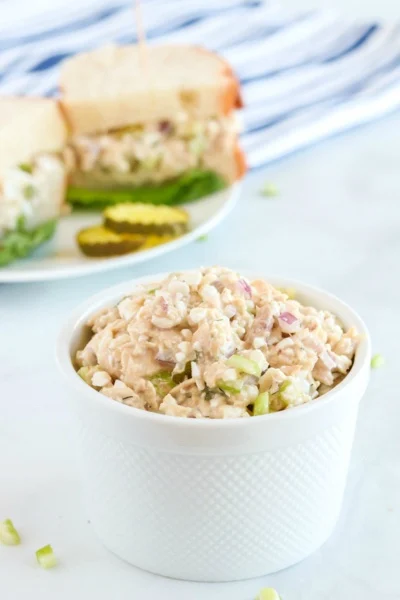
Cottage Cheese Tuna Salad

Zucchini Lasagna Rolls
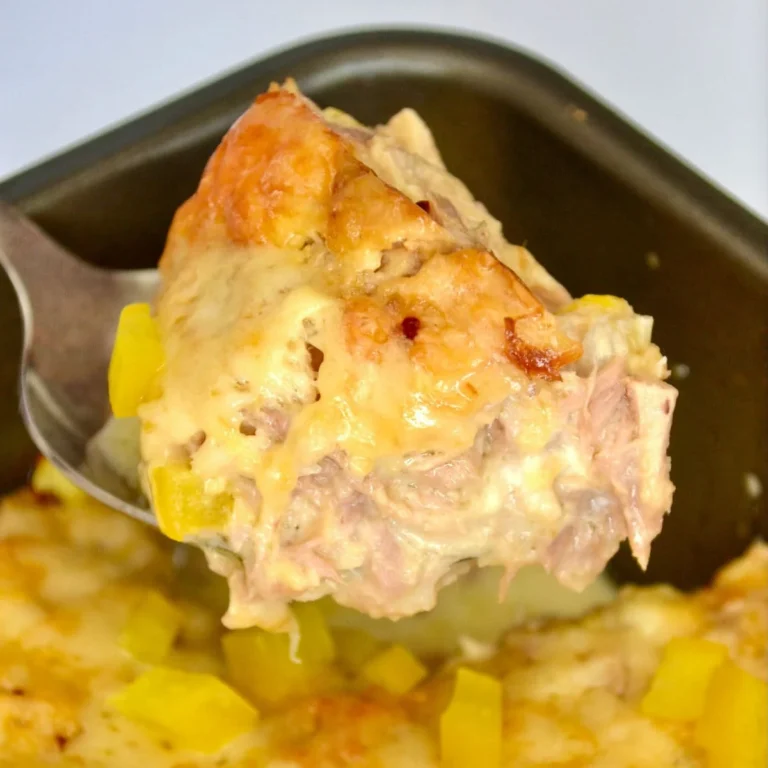
One Pot Keto Tuna Casserole
